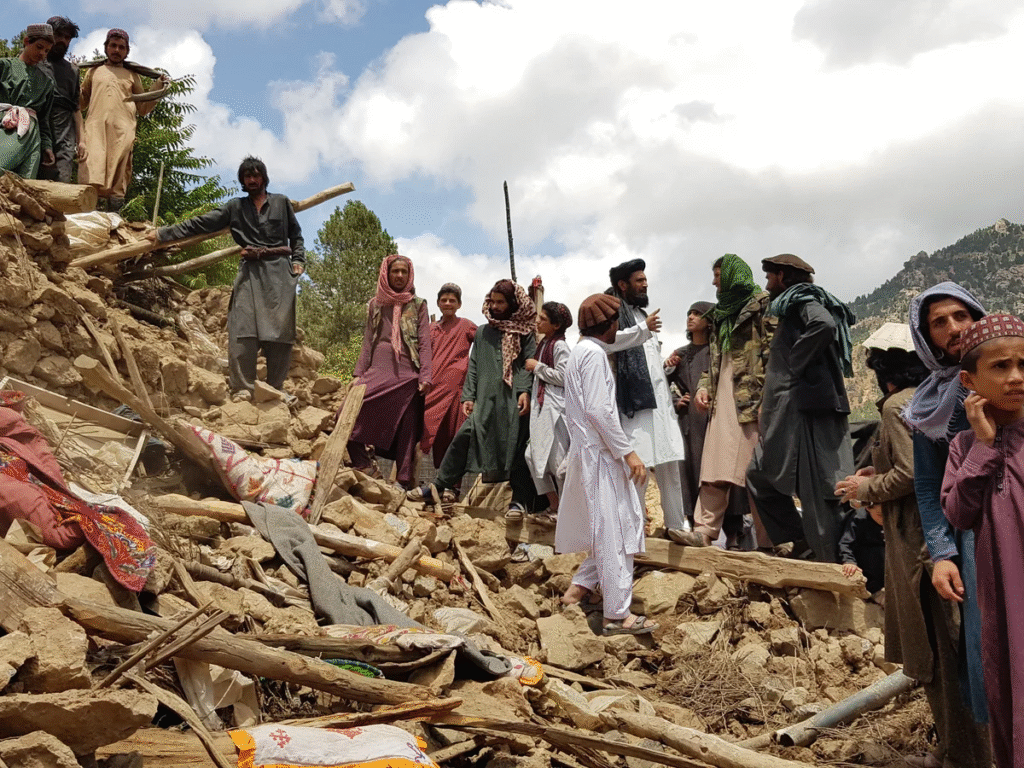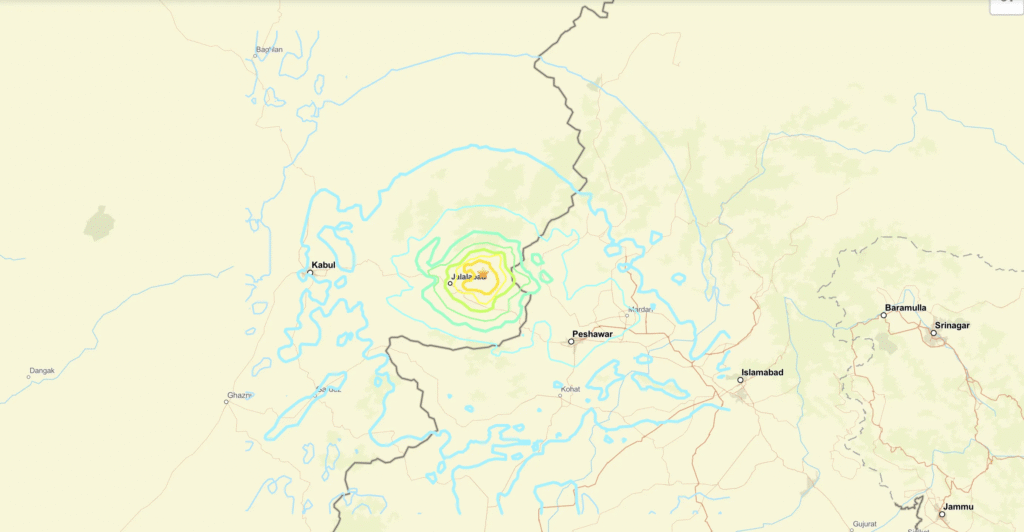A devastating 6.0-magnitude earthquake struck eastern Afghanistan just before midnight on Monday, causing widespread destruction and killing at least 500 people, with the toll expected to rise as rescue operations continue across remote districts. The epicenter was near Jalalabad, Nangarhar province, close to the Kunar border, and tremors were felt as far away as Pakistan’s capital Islamabad and northern India.

Local officials confirmed that most casualties occurred in mountainous Kunar province, while several deaths were reported in Nangarhar. “The number of casualties and injuries is high, but since the area is difficult to access, our teams are still on site,” said health ministry spokesperson Sharafat Zaman. Hundreds of injured people, including children, were rushed to hospitals in Jalalabad and Kunar after their homes—mostly built of mud and stone—collapsed during the intense shaking.
Rescuers are racing against time to search the rubble for survivors in districts such as Nur Gul, Soki, Watpur, Manogi, and Chapadare, where helicopter evacuations have been deployed. At least three powerful aftershocks were recorded, further hampering aid efforts and raising fears that the death toll will climb as reports emerge from scattered villages with fragile infrastructure.

Afghanistan sits atop a highly active seismic zone in the Hindu Kush mountains, placing millions at risk. The country’s vulnerability to earthquakes is intensified by decades of conflict and poverty, leaving much of the population in makeshift housing. The Taliban government has appealed urgently to international agencies for medical supplies and aid, as local resources are stretched thin. “Hospitals are overwhelmed, and we need more supplies,” said Najibullah Hanif, provincial information head.
This earthquake serves as a tragic reminder of Afghanistan’s ongoing struggles with natural disasters. With rescue efforts still underway and aftershocks continuing, authorities warn the full extent of the devastation may not be known for days.







